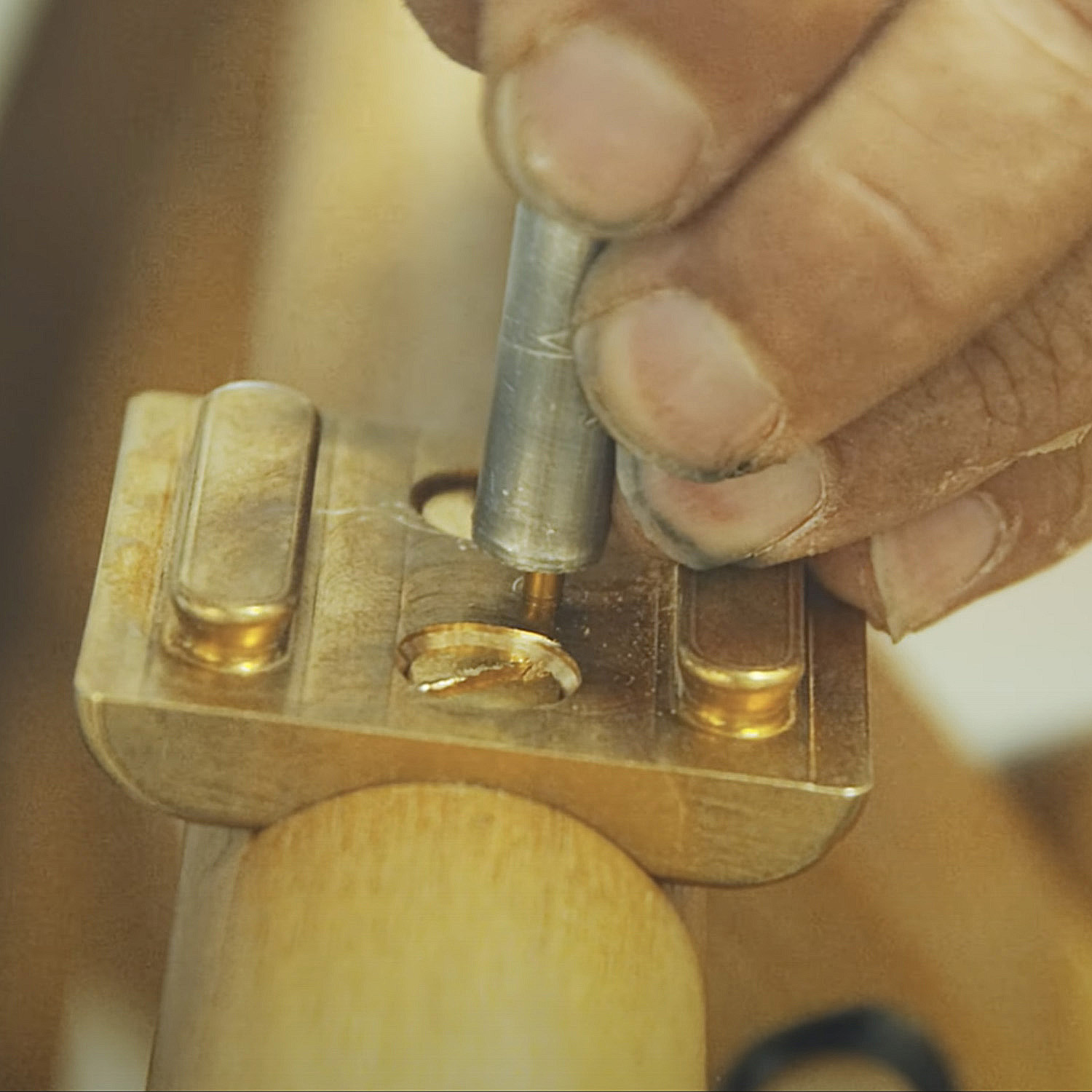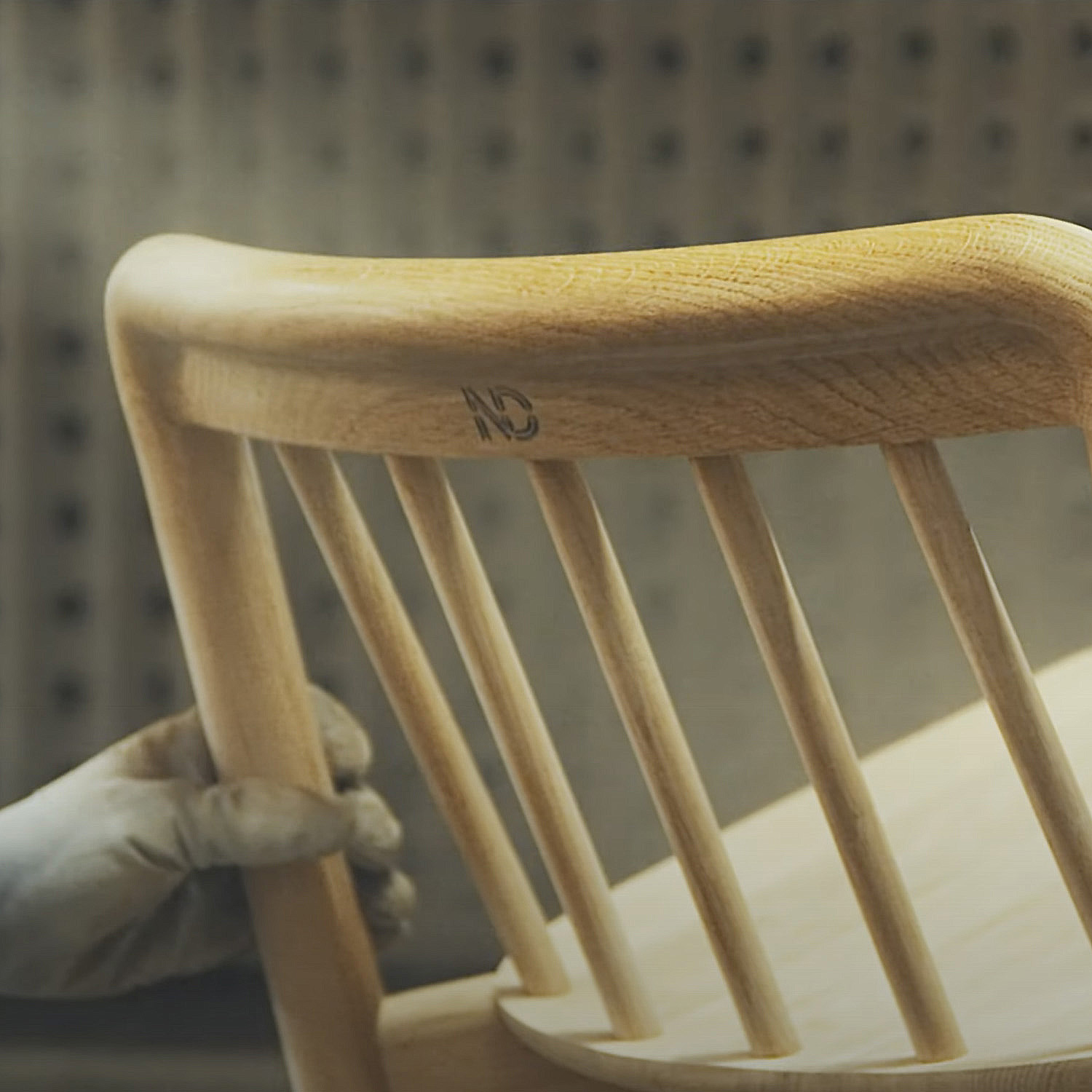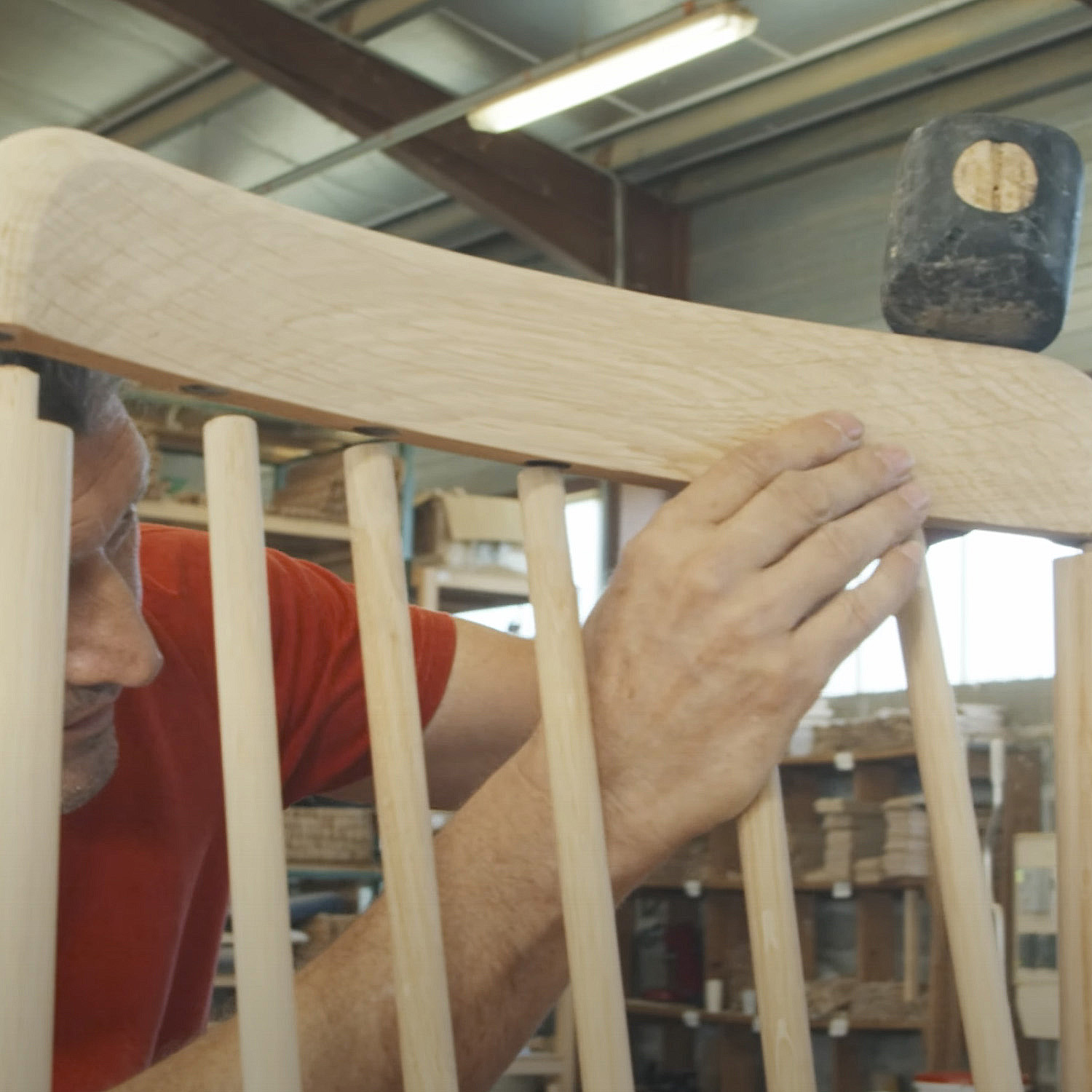Notre Dame de Paris
The “silent chairs”
by Ionna Vautrin
Notre Dame de Paris
The “silent chairs”
by Ionna Vautrin


Extract from the Ministry of Culture press release
A simple, rounded shape and sober materials such as oak and brass. The seating designed by Ionna Vautrin blends perfectly into the new cathedral, and meets the imperative set by the specifications: to make “silent chairs” – by which she means unfailingly discreet. The designer designed almost 1,500 chairs, 170 kneelers, 40 benches and 80 prie-dieu (60 individual and 20 long). The task was a complex one, with several imperatives to be met. “The first was pragmatic: the chairs had to be stackable, attachable to each other and pass fairly stringent safety certifications, in the event of crowd movement for example. Then there’s the whole symbolic aspect and the dialogue with the architecture. Finally, of course, there’s the liturgical use,” sums up the designer, who has also worked with the Bouroullec brothers.
It multiplies references to the building’s architecture and echoes of the spiritual world. For example, the backrests of the chairs have been lowered to allow visitors to kneel in contemplation. The curved shape of the seats recalls one of the most famous elements of Gothic architecture (the arch), while the backrests, made of elegant straight bars, echo the building’s columns. As for the wood chosen, solid oak, this is a form of homage to one of Notre-Dame’s emblematic masterpieces: the12th-century roof structure. The seats for visitors and worshippers form a very low horizon, impressively emphasizing the verticality of the cathedral. “The idea was to immerse ourselves as fully as possible in this universe, then find threads to pull from to try and tell a coherent story,” continues the designer, who specializes in industrial design, and who immersed herself in books and watched numerous videos to immerse herself and “take the measure and scale of the place”. For the kneelers, designed in the spirit of the chair, priority was given to comfort, with lots of rounding to spare shins and legs, while the prie-Dieu, a highly symbolic piece, were as discreet and airy as possible, with just three rungs.
Particular care was taken in the choice of wood color, to blend in with the decor and match the woodwork. For this order, Lonna Vautrin called on the Landes company Bosc, which has been awarded the “Entreprise du Patrimoine Vivant” (Living Heritage Company) label for its sustainable wood management. “They’re very keen to work with the local fabric to keep the region’s know-how alive. All the bars and chair legs are hand-turned by a local turner. The manufacturing process is even 100% Landes, since the turning, marking of the furniture and addition of the fasteners were all carried out by companies in this département.












